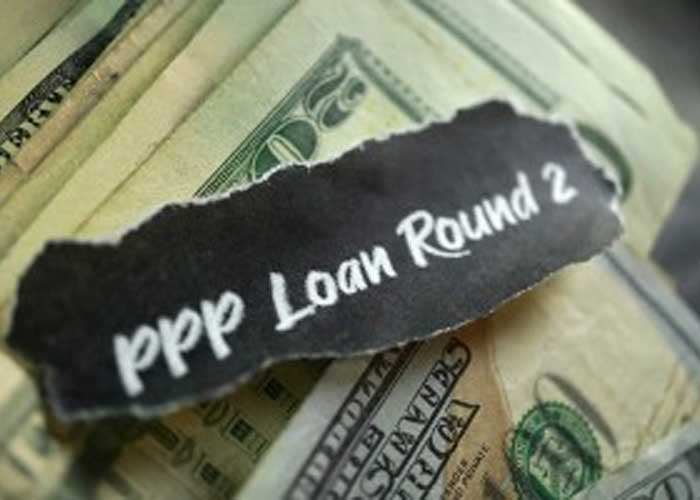
With the second round of Paycheck Protection Program (PPP2) loans moving toward the end of their covered periods, the Small Business Administration recently announced a new portal that will allow borrowers with loans of $150,000 or less to potentially apply for forgiveness directly rather than applying through their bank’s portal.
According to the SBA’s announcement, eligible borrowers can register and apply for forgiveness by going to: https://directforgiveness.sba.gov. Lenders are required to opt-in to the program and can receive notice of the borrower’s request for forgiveness as part of the application submission. Check with your lender to see if you can use the portal. A portal user guide and frequently asked questions are available as well as a customer service team through the SBA at (877) 552-2692, Monday – Friday, 8 a.m. – 8 p.m. EST.
The earliest borrowers in PPP2 ended their covered period sometime in July 2021. Borrowers have up to five years from the end of their covered loan period until the loan matures to apply for forgiveness. However, if they don’t want to start making any payments, they have up to 10 months from the end of their covered period to apply for forgiveness, which gives the earliest borrowers a deadline sometime in May 2022. The SBA advises that borrowers can begin the forgiveness process as soon as they have spent the funds.
Whether you use the SBA Direct Forgiveness Portal or work through your lender or CPA to help prepare your application, there is specific documentation required. We will list the basic documentation here, but be prepared for additional questions or requests. We learned from round one of PPP loan forgiveness that lender portals differ in their data requests and file formats. Also, borrowers will need additional documentation if they have large loans and/or used PPP loans to cover expenses beyond payroll.
With that said, there are several documents you will definitely need to collect and submit:
Proof of a reduction in revenue can vary by business; annual tax returns will not show the decrease in revenue if the loan’s covered period occurred between tax years.
If you used your PPP2 loan for eligible non-payroll expenses, you should have the following available for your application. Some of these documents may not apply to your specific loan, and the list is not all-inclusive:
According to the SBA, second round PPP loans made to eligible borrowers qualify for full loan forgiveness if “during the 8- to 24-week covered period following loan disbursement:
There are safe harbors in place for the borrower’s FTE count. For example, if employers had a reduction in staff because a worker left voluntarily, was terminated for cause, voluntarily reduced their hours or didn’t want to come back after family leave, these are all safe harbors that don’t necessarily count against loan forgiveness amounts.
However, make sure you have documentation such as termination paperwork, emails from the employees or documents signed by employees as to the reasons for reduced FTEs during the covered period. You may never have to show this documentation, but the SBA has up to six years from the date of loan forgiveness to review your documentation. Keep your FTE documentation in a safe and accessible place just like you retain your tax paperwork.
For loans of $2 million or more, keep in mind that the SBA has eliminated the complex loan necessity questionnaire. However, larger loans will likely face more scrutiny for forgiveness, which means a longer wait for review and forgiveness. For loans between $150,000 and $2 million, the SBA may flag them for a lengthier review. In any case, it is vital to carefully walk through the steps of the forgiveness process, follow the instructions and have your documents ready. Be patient with your application to greatly minimize major requests or questions later.
If you have questions about your PPP2 loan forgiveness application options, reach out to our Solutions Group or contact Meg Hampton, CPA, Manager.